Most people don’t expect a fruit to bite back — but some do, and they do it well. While fruits are usually known for their sweetness, tang, or juiciness, a bold few break the mold by packing a natural punch of heat, spice, or tingling fire.
If you’re looking to turn up the heat without reaching for a hot sauce bottle, these 12 spicy fruits might just become your new secret weapon in the kitchen.
1. Chili Peppers (Capsicum species)
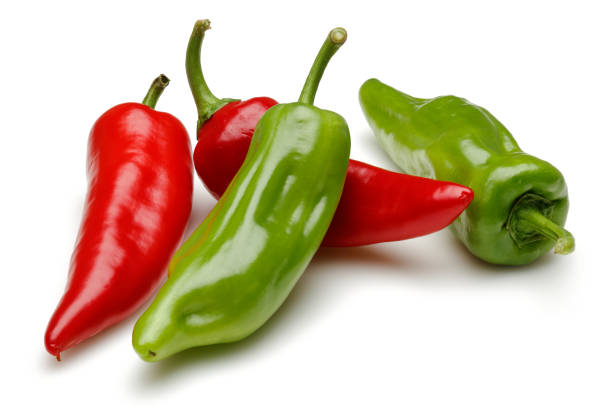
Chili peppers are the poster child of spicy fruits. Despite often being treated as vegetables, they are technically fruits because they contain seeds and develop from the flowering part of the plant. Their heat comes from capsaicin, a compound concentrated mostly in the white membranes inside. Varieties range from mild (like banana peppers and poblanos) to fiery hot (like habaneros and ghost peppers). Interestingly, capsaicin doesn’t actually burn—it tricks your brain into thinking your mouth is on fire.
2. Peppercorns (Piper nigrum)

Peppercorns are tiny but mighty fruits from the flowering vine Piper nigrum. The familiar black peppercorn gets its heat from piperine, which produces a sharp, biting heat quite different from capsaicin. Green, white, and red peppercorns are just different stages or processes of the same fruit. Black pepper is one of the most widely used spices globally and enhances savory and even some sweet dishes.
3. Sichuan Pepper (Zanthoxylum species)
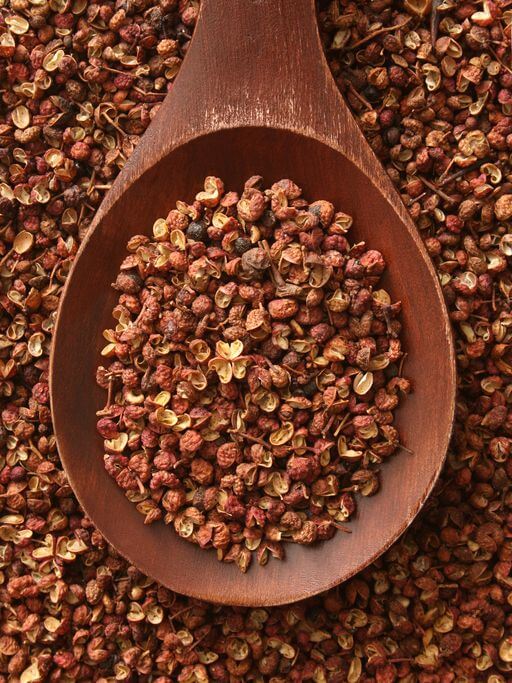
Sichuan pepper isn’t a true pepper—it’s the dried husk of a citrusy berry from the prickly ash tree. It delivers a unique tingling, numbing sensation thanks to hydroxy-alpha-sanshool. This sensation, paired with chili heat, is the foundation of the Chinese “málà” flavor profile. Beyond the buzz, Sichuan pepper also brings lemony overtones and aromatic warmth to dishes.
4. Grains of Paradise (Aframomum melegueta)
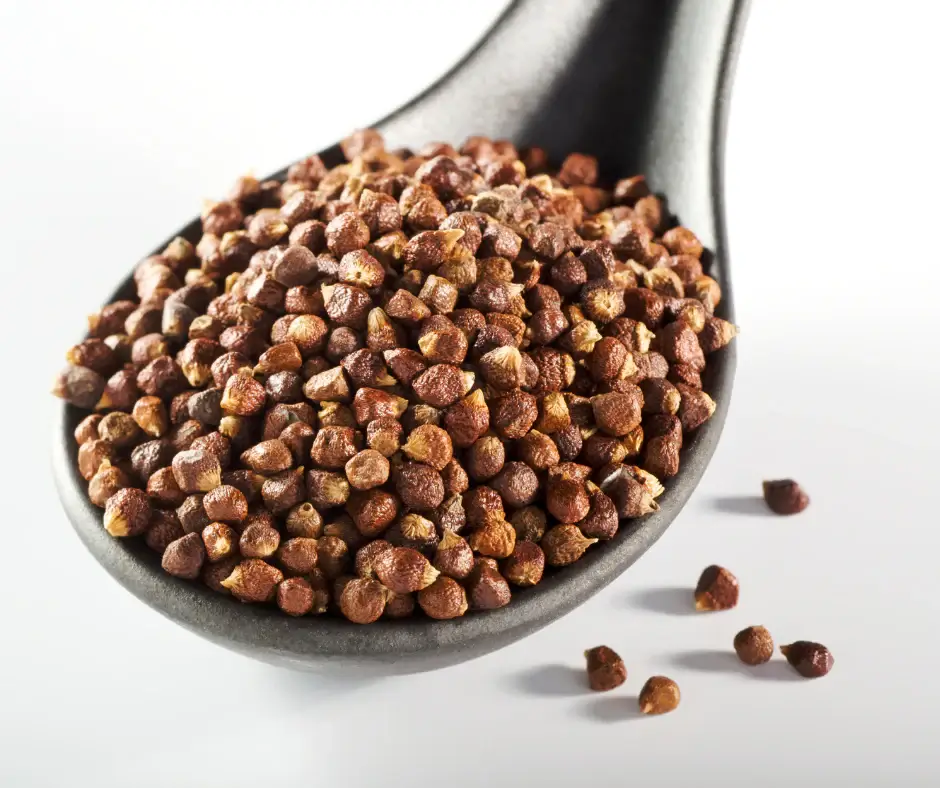
Native to West Africa and part of the ginger family, this fruit produces tiny seeds that pop with peppery, citrusy heat. Often used in regional stews, teas, and even craft beer, grains of paradise offer an exotic heat that is earthy and floral, with hints of cardamom and ginger. They’re prized both for flavor and traditional medicinal uses.
5. Long Pepper (Piper longum)

Before black pepper took over the world, long pepper was the go-to spice in ancient Rome and India. Its elongated fruits have a deeper, more complex heat than black pepper, with sweet, almost musky undertones. It’s a rediscovered treasure in gourmet kitchens today, lending a fragrant burn to both savory and sweet recipes.
6. Mustard Fruit Pods (Sinapis species)

While mustard seeds are well known, the fruit pods of some mustard plants are also edible and peppery-hot, particularly when young. The heat comes from allyl isothiocyanate, the same compound found in horseradish and wasabi. These pods can be pickled or used fresh in spicy salads and chutneys.
7. Horseradish Fruit Pods (Armoracia rusticana)

Rarely eaten, the immature seed pods of horseradish are small and tender but pack a similar nose-clearing punch as the root. Like mustard, their heat comes from isothiocyanates, which produce that sharp, volatile heat that hits the sinuses. These are an uncommon but intriguing find for adventurous eaters.
8. Achiote / Annatto
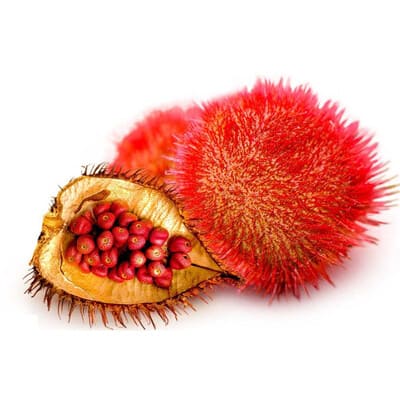
The bright red seeds from this spiky fruit are best known as natural coloring agents, but they also offer mild peppery and nutty warmth. Common in Latin American, Caribbean, and Filipino cuisines, achiote is used in spice pastes and rubs. While not hot like chili, its subtle warmth adds depth to dishes.
9. Allspice Berries
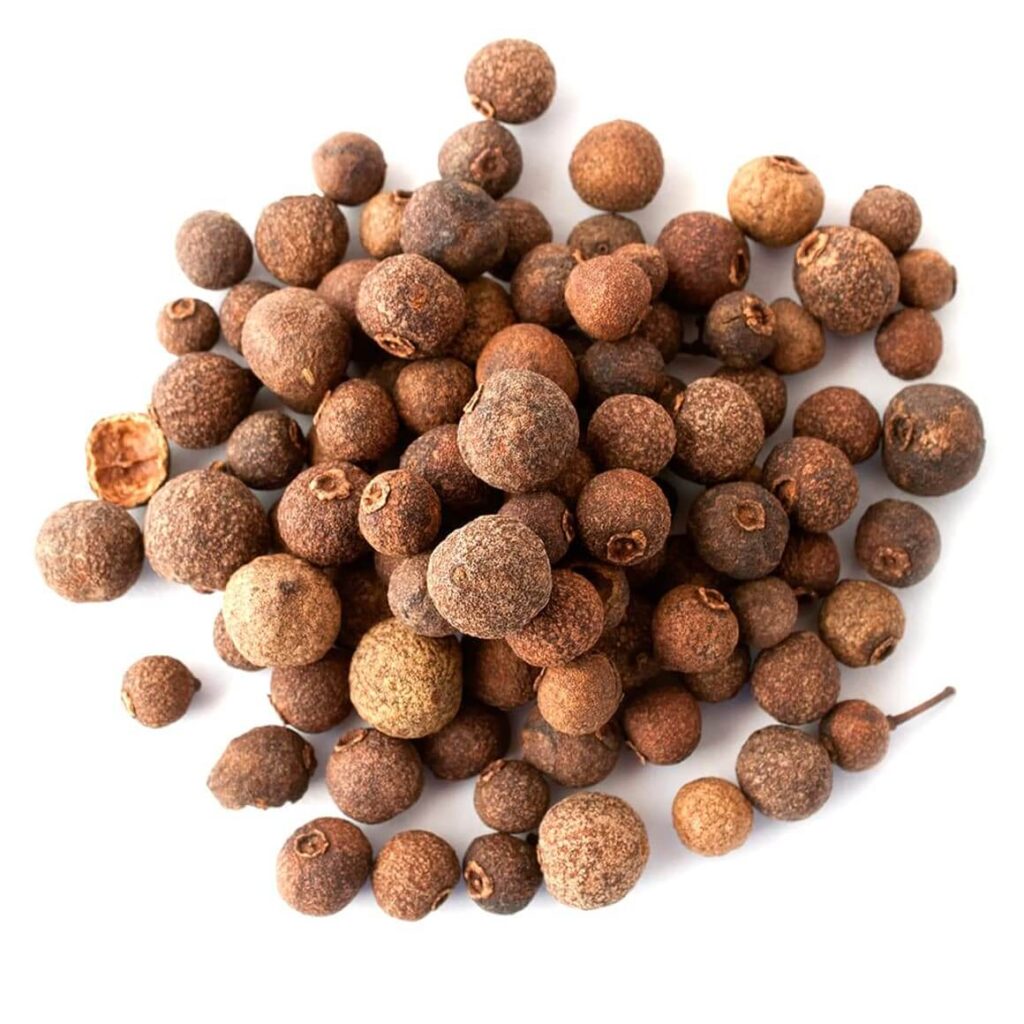
These dried, unripe berries from the allspice tree are fruits that deliver a warm, clove-like spice with notes of cinnamon and nutmeg. While not hot, they offer a comforting pungency that makes them popular in Caribbean jerk seasoning, desserts, and mulled drinks. Their name reflects the flavor’s similarity to “all spices” in one.
10. Nutmeg

The fruit of the nutmeg tree contains both nutmeg (the seed) and mace (the red, lacy aril). Nutmeg’s spicy warmth comes from myristicin, a compound responsible for its intense aroma and psychoactive properties in large doses. It adds cozy, peppery sweetness to desserts, sauces, and even savory dishes like creamy pastas or spinach dishes.
11. Clove Fruit
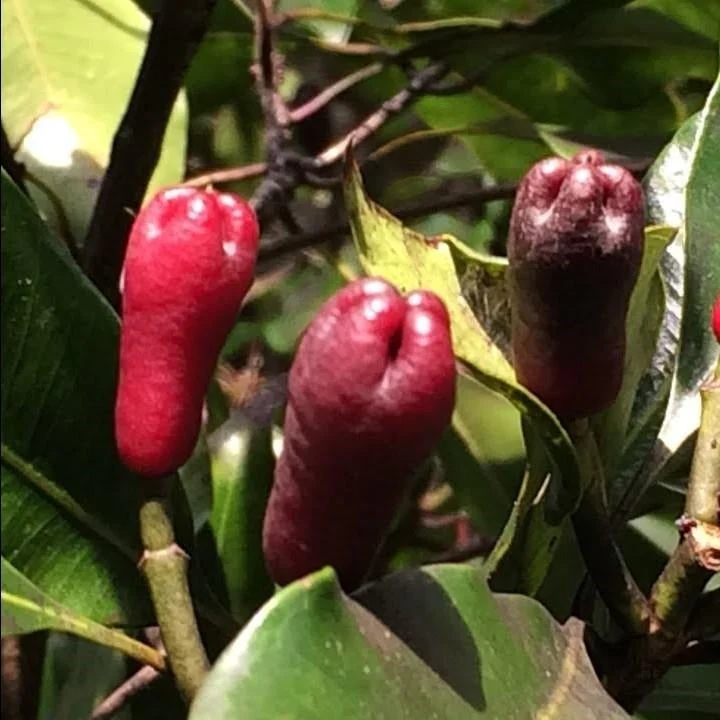
Though cloves are dried flower buds, the fruit of the clove tree is rarely consumed but known for its aromatic and warming properties. The fruit’s flavor is pungent, slightly bitter, and clove-like, containing similar essential oils. In some regions, the clove fruit is used to infuse liquors or spice blends.
12. Ethiopian Korarima
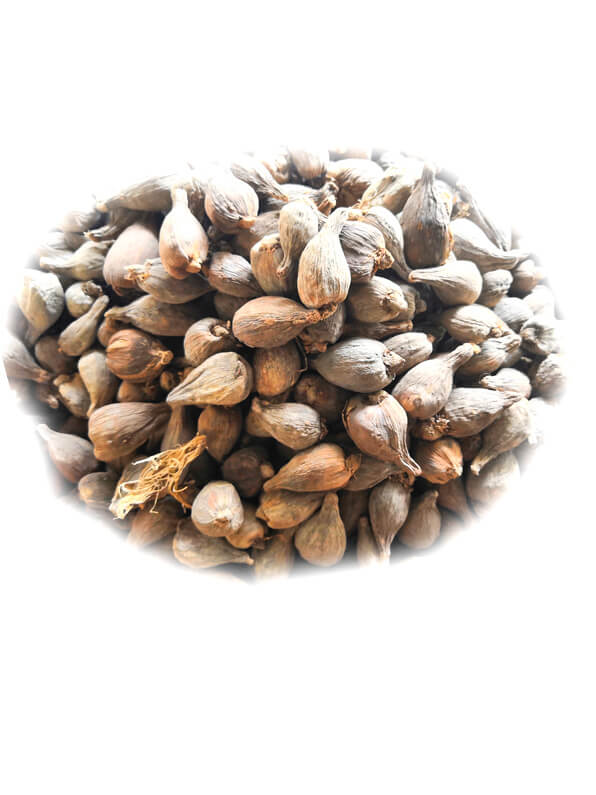
Also known as Ethiopian cardamom, this fruit belongs to the ginger family and holds black seeds inside aromatic pods. These seeds bring a smoky, peppery spice with hints of camphor and citrus. Korarima is a staple in Ethiopian and Eritrean cooking, used in berbere spice mix, stews, and traditional coffee ceremonies.
